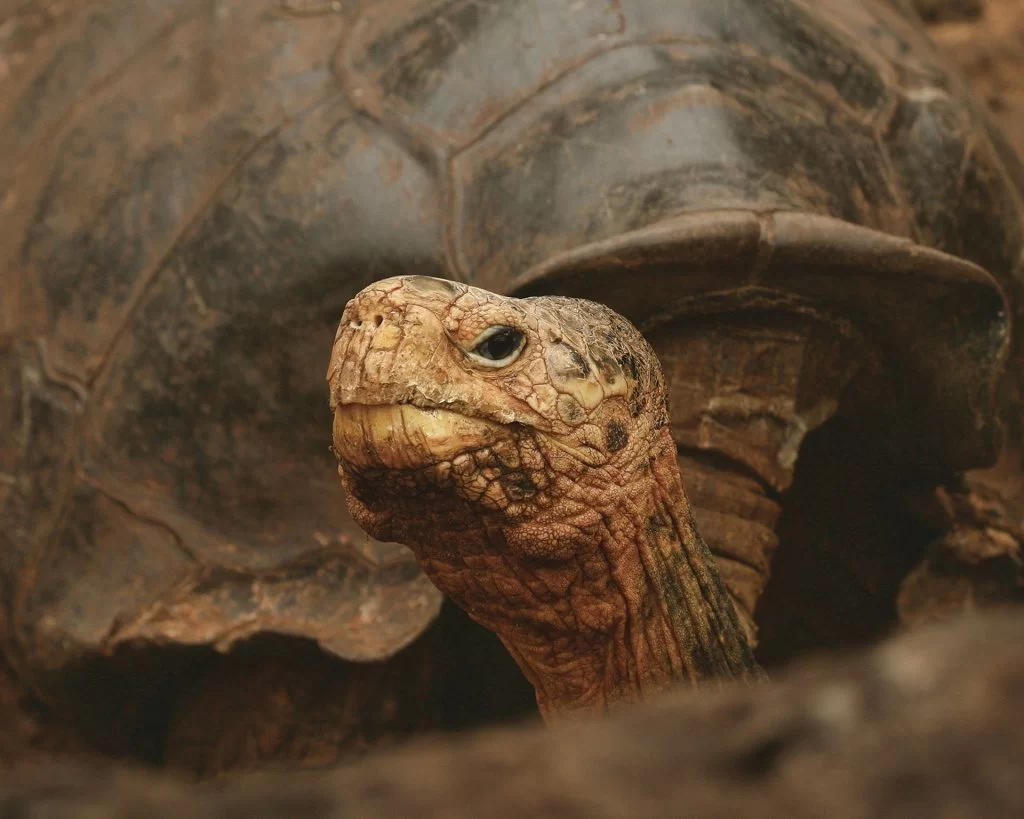El Niño, which is a global climate anomaly, can affect the Galapagos Archipelago. El Niño-Southern Oscillation disrupts the ecosystems of the Galapagos Archipelago with increased ocean temperatures and rainfall. This affects marine species negatively, while benefiting some terrestrial species. It also challenges the cacti-dominated terrain and increases the risks from invasive plant species. El Niño will affect virtually all aspects of island life, according to Washington Tapia, Galapagos Conservancy’s General Director.
El Nino’s effects on terrestrial life: A balance between the two
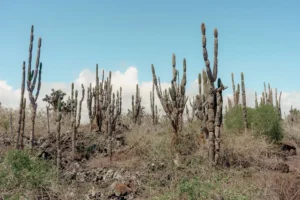
©Joshua Vela
Galapagos Giant Tortoises These iconic creatures showed mixed reactions to previous El Niño events. Adapting to the 1982-83 El Nino, they moved lower in elevation. The 1997-98 event, however, caused many nests to flood and disrupt breeding, but increased food availability. This boosted growth and survival rates.
Landbirds Due to the increased growth of plants and insect production, these terrestrial birds, some of which are unique to Galapagos tend to increase their reproduction. The increase in breeding that occurs during El Niño is countered, however, by diseases such as avian pox.
Rodents and Invertebrates. Although limited data is available, certain rodents and reptiles are dependent on predictable rainfall patterns. Invertebrates are also likely to be challenged, especially by invasive species that thrive in moister conditions. Most species, however, thrive under El Niño because of the relief from drought that increased rainfall provides.
Plant life: Flora is generally more abundant during El Niño, thanks to the sudden abundance of water in a typically dry environment. However, some species are affected.
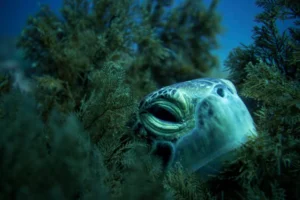
©Joel Sangolqui
Marine Fauna: Fighting the Warmth El Nino is a warming phenomenon that can be disastrous for marine species.
Green Sea Turtles and Marine Iguanas : As primary food sources diminish due to warmer sea conditions, this animals experience significant mortality during El Niño. This is exemplified in the 90% decrease in marine iguanas in 1997-1998.
Sea Lions During El Niño, sea temperatures rise and there are fewer fish for the animals to eat. This causes a drastic decline in their population.
Marine birds: Penguins and Flightless Cormorants are often seen to skip breeding. They also experience an increase in mortality due to lack of food and spread out widely looking for food.
Human Community: El Nino’s socioeconomic effects can put human resilience to the test.
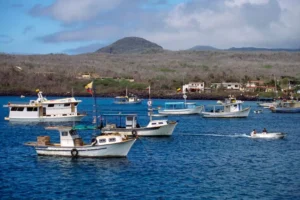
©Barrett Walker
El Niño poses significant challenges for the Galapagos Islands’ economic foundations, especially in tourism and fisheries.
Tourism could be affected by climate change due to the decline of key species. This would affect visitor numbers and experiences.
The fishing industry is vital for local communities. However, it faces threats due to changes in marine species’ abundance caused by rising temperatures and changes in upwelling patterns – the process in which cold waters rich in nutrients from deep oceans rise to the surface. Modifications in the upwelling pattern can affect fish populations and disrupt the food chain. It is vital to ensure the sustainability of fishing practices and emblematic species in the face of climate change.
The human well-being can also be affected by invasive species. Flooding can also damage infrastructure, such as roads.
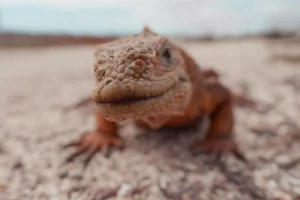
©Joshua Vela
Looking Ahead:
To ensure resilience for local communities and unique biodiversity, planning and anticipation are key. Tapia says that taking action now is an invitation to “protect our past and create a sustainable future on this iconic archipelago.”
El Niño, and the climate change it brings with it in Galapagos, are ultimately a call to global and local action. Galapagos is a unique jewel that requires collaboration, adaptation, behavior change, and conservation.

©Joshua Vela
